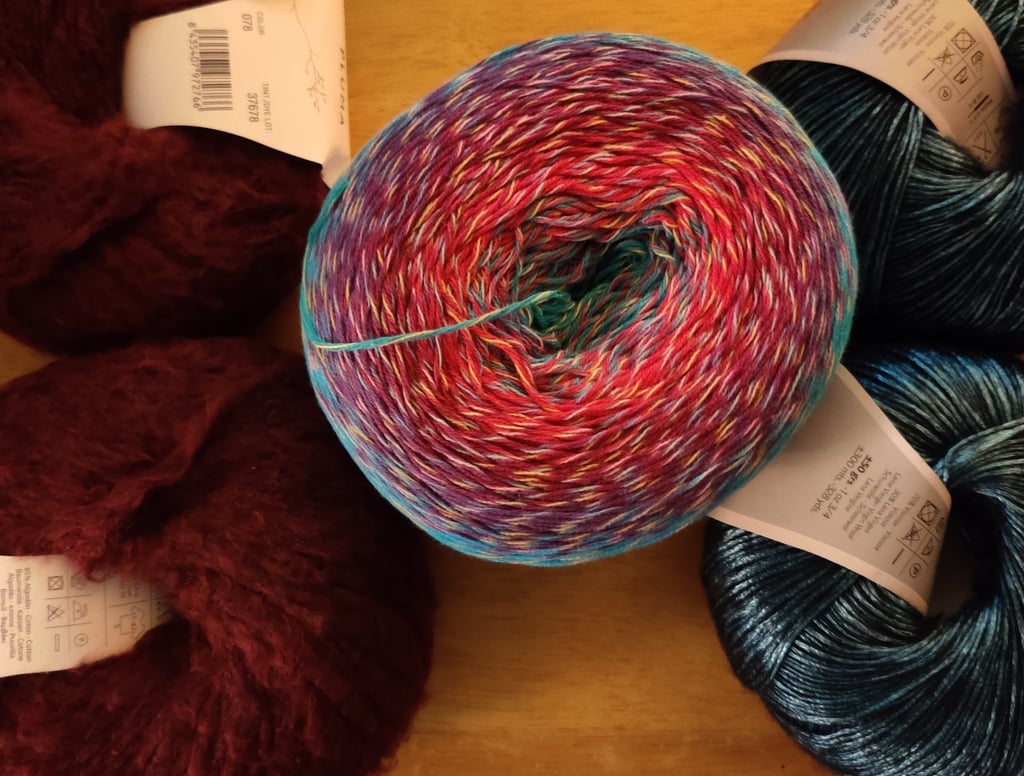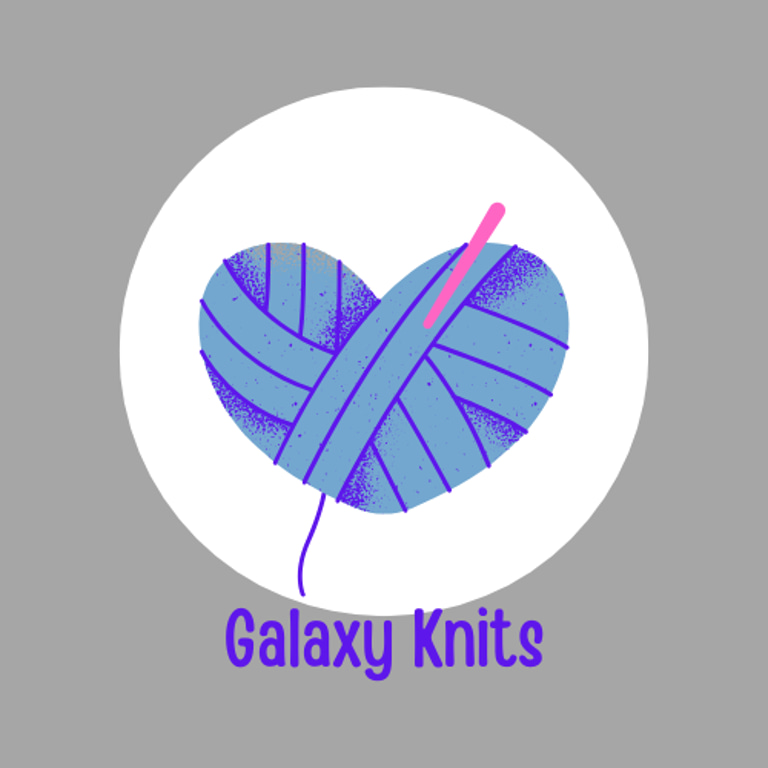Choosing Knitting Projects
Two different approaches to choosing your next knitting project.
2/3/20253 min read


With the seemingly infinite number of patterns available and the abundance of yarn choices, how do you figure out what to make? How do you know what yarn will work best for which patterns? Here are two different approaches to matching a pattern with yarn: yarn forward or pattern forward.
Yarn Forward Approach
In this approach, the yarn will be the first thing you choose. So you've found a yarn that you love the look and feel of, let that inspire you! One of the most important features to consider when figuring out what to make with it is the fiber content. If you chose a cotton yarn for example, you may want to make something that works better in warmer weather, such as a tank top or socks. If you chose an alpaca yarn, that would be better suited for garments to keep you warm in cooler weather. The fiber content also dictates how you'll wash the garments you make; for example, wools that are not treated with superwash will felt if you machine wash them, so consider how often you will want to wash the garment.
When considering the weight of the yarn, think about how dense the fabric will be in the finished project. If your yarn is on the bulkier side, you may want to make something like a blanket that can be thicker and still be useful. Maybe you want an extra thick hat or scarf. Thinner yarns will be more suited for garments to wear, but then they won't be as warm. With lace weight yarns, knitting lace is a great idea.
Another important thing to consider is how variegated the colorway is, as it can affect the stitch definition. Solids and semi-solids can show very intricate stitch patterns and designs better than variegated yarns. When there are relatively short color changes, textures will not show up as well, so it is best practice to stick to simple stitch patterns.
If you already have the yarn in your stash, make sure whatever pattern you choose uses less yardage than what you have. If you're going to purchase new yarn, make sure you have enough for the project you choose. If you need multiple skeins, make sure they are from the same dye lot.
Pattern Forward Approach
With this approach, you find a pattern first, then decide what yarn to use. Most of the time, a pattern lists the yarn that the designer used to make it, and what they recommend. This gives you a great starting point for finding your yarn, even if you decide to use something else. There are many reasons you may want to use something else, maybe you don't like the colors in that yarn line, it may be too expensive for your budget, or perhaps it's been discontinued. Whatever your reasoning, yarnsub.com is a great tool for finding similar yarns to what is recommended.
Just like in the yarn forward approach, fiber content will have a big impact on your decision. The fiber you choose will determine how warm the garment is, how it should be washed, and how well it drapes.
You should choose a yarn similar in weight to the recommended yarn so that you get the right gauge and the fabric has the desired density. If the yarn is bulkier, you will get a more dense fabric, whereas thinner yarns will have a looser feel to them, perhaps even lace-like.
Whether you're going to purchase yarn or go shopping in your stash, make sure you have more yardage of the yarn than your pattern suggests, just to be on the safe side. No one likes playing yarn chicken!
Let's Backtrack
For either approach, it is best practice to make a gauge swatch (more on that in a future post). Think of it as auditioning different yarns to find out which is the right one for your project. Making a swatch not only ensures you have the right gauge but also lets you see how the fabric will look and behave in the final product. Ideally, you should wash and block your swatch just like you would with the final product for the best accuracy.
If you're having trouble deciding where to start, check Ravelry for inspiration. For most patterns, you can see what yarns other people used for that project, and for most yarns, you can find pattern ideas based on what other users have made. If you need help with any projects you're working on, send me an email, I'd be happy to help! Happy stitching!


